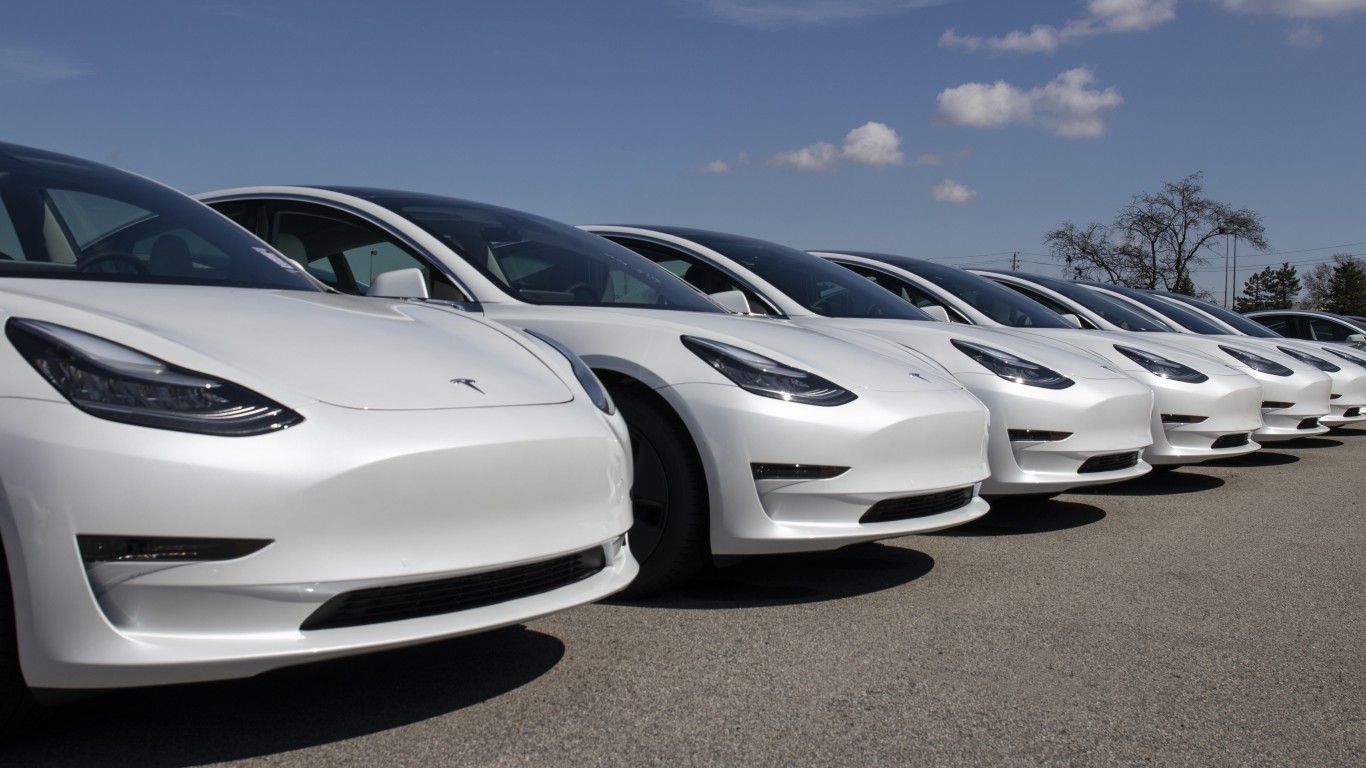
One of the most popular midsize SUVs on the road today, the Jeep Wrangler needs no introduction. Currently in its fourth generation, Jeep has been manufacturing the Wrangler since 1986. A direct descendant of the World War 2 Jeep, the Wrangler and Jeep brands are some of the most recognized names in the automobile industry.
However, as much as the Wrangler is an American icon for its off-road capabilities, it’s not perfect. As adaptable as the Wrangler is for all drivers, with 38 years of availability there are bound to be some bad model years worth skipping. Thankfully, websites like CoPilot, Vehicle History, Consumer Reports, and CarComplaints can help us identify exactly which Jeep Wrangler model years we should avoid.
Avoid: 2007
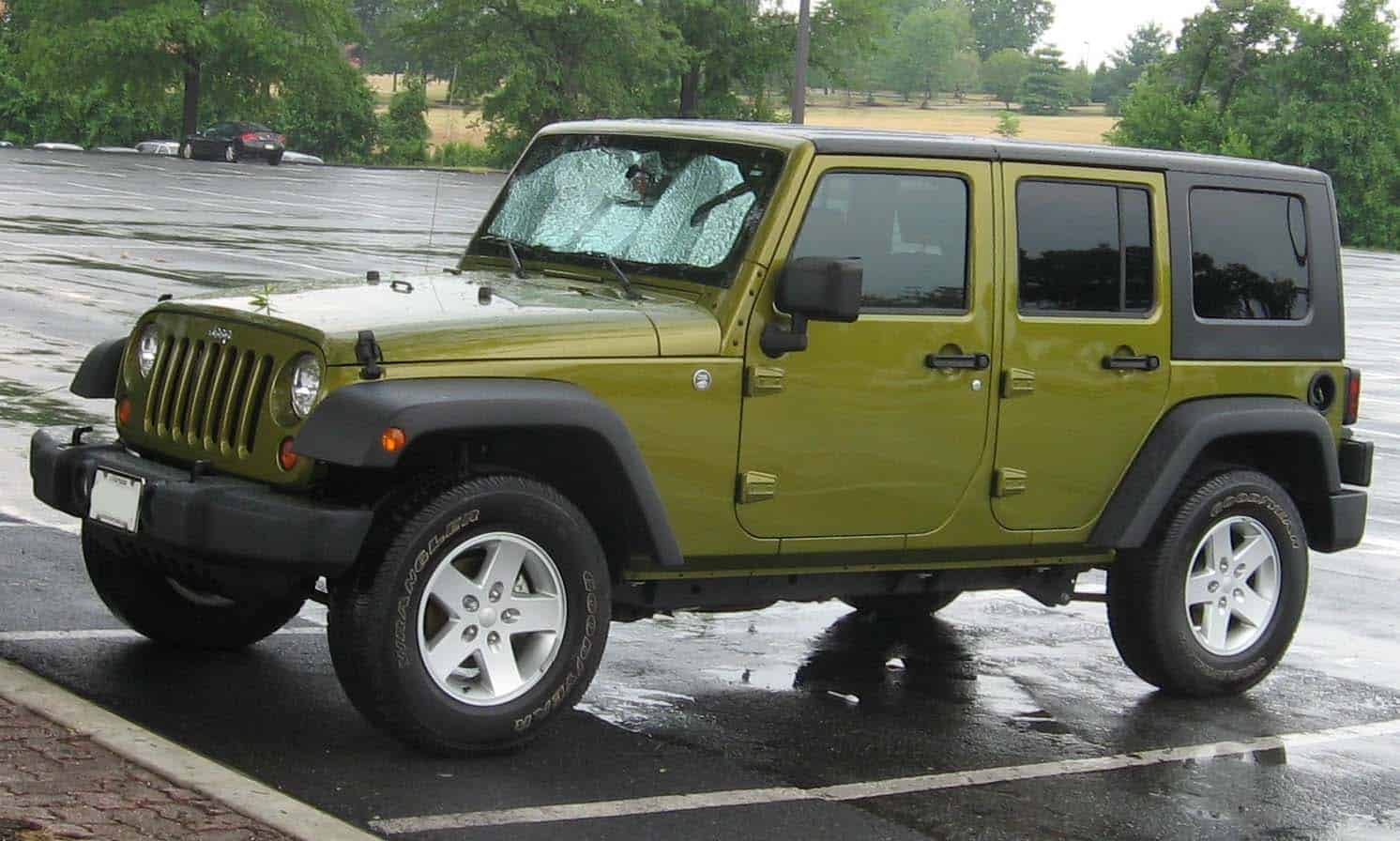
Unfortunately for Jeep Wrangler fans, 2007 kicks off a multi-year model year period that is entirely worth forgetting. According to Car Complaints, you have right around 800 NHTSA (National Highway Transportation & Safety Administration) submissions. At the top of this complaint list are steering problems, which focus on power steering not working, a wobble while steering, and/or just overall difficulty controlling the vehicle. As steering is a must with every vehicle, having these types of issues can lead to serious injury or worse.
Next up you have a host of fuel system problems. One of the biggest culprits is that fuel spills out of your tank when you are gassing up. This just feels like an easily avoidable problem Jeep should have caught during development. However, spilled gas isn’t the 2007 model’s biggest red flag. The biggest concern for 2007 is safety. Both the 2-door and 4-door models received a mix of Good, Marginal, and Poor crash test ratings from IIHS (Insurance Institute for Highway Safety). The last thing you want to see on any vehicle is a “Poor” rating, especially around crash protection. For its part, the NHTSA said that rollover protection is weak and side protection was almost non-existent.
Avoid: 2008
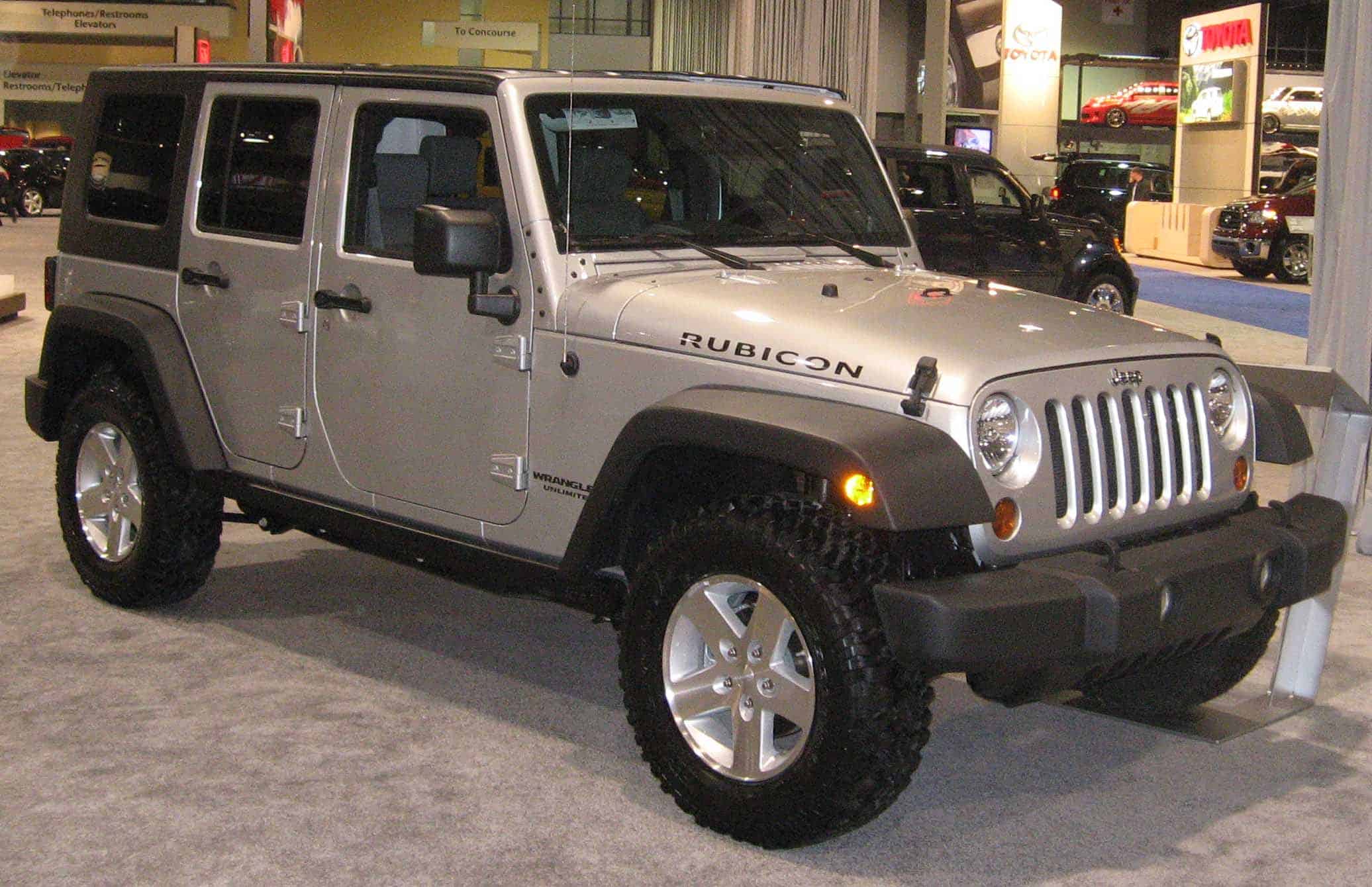
Widely known as the worst model year for the Jeep Wrangler since it launched, 2008 took everything bad from 2007 and made it worse. This time around you had over 1,000 NHTSA complaints, with 311 complaints focused on airbag concerns. The good news was that Jeep eventually recalled the 2008 model for fear that airbags could either explode or not deploy. The bad news was that these airbag recalls didn’t start until 2011.
Unfortunately, crash testing didn’t get any better year-over-year as the same scores carried over from 2007. This is true for both IIHS and NHTSA safety ratings. Given this, it’s easy to call the 2008 Jeep Wrangler a model to avoid. Between no side protection from a crash and the airbags potentially not deploying, there was little reason to consider this model year. Unless you wanted to deal with the potential of increased maintenance costs, 2008 was just worth avoiding.
Avoid: 2009
Fast forward one year into 2009, and things were not looking up for Jeep Wrangler fans. While NHTSA complaints dropped to 480, there were still 480 overall complaints. Once again, the biggest issue with 98 complaints focused on airbag concerns. This issue was focused on airbags potentially exploding or not deploying, both of which were just dangerous. Out of seven recalls for the 2009 model year, four of them focused on airbag concerns. For one reason or another, Jeep did not seem to know an airbag issue existed for a few years.
Airbags aside, Consumer Reports highlighted that the engine in the 2009 model also wasn’t very impressive. With only 15 MPG and so-so towing, there wasn’t a ton to love about the 2009 Wrangler when driving on roads. Nobody disputes off-road performance, but when you also consider safety scores stayed the same for the third year in a row, you should avoid the 2009 Wrangler altogether.
Avoid: 2010
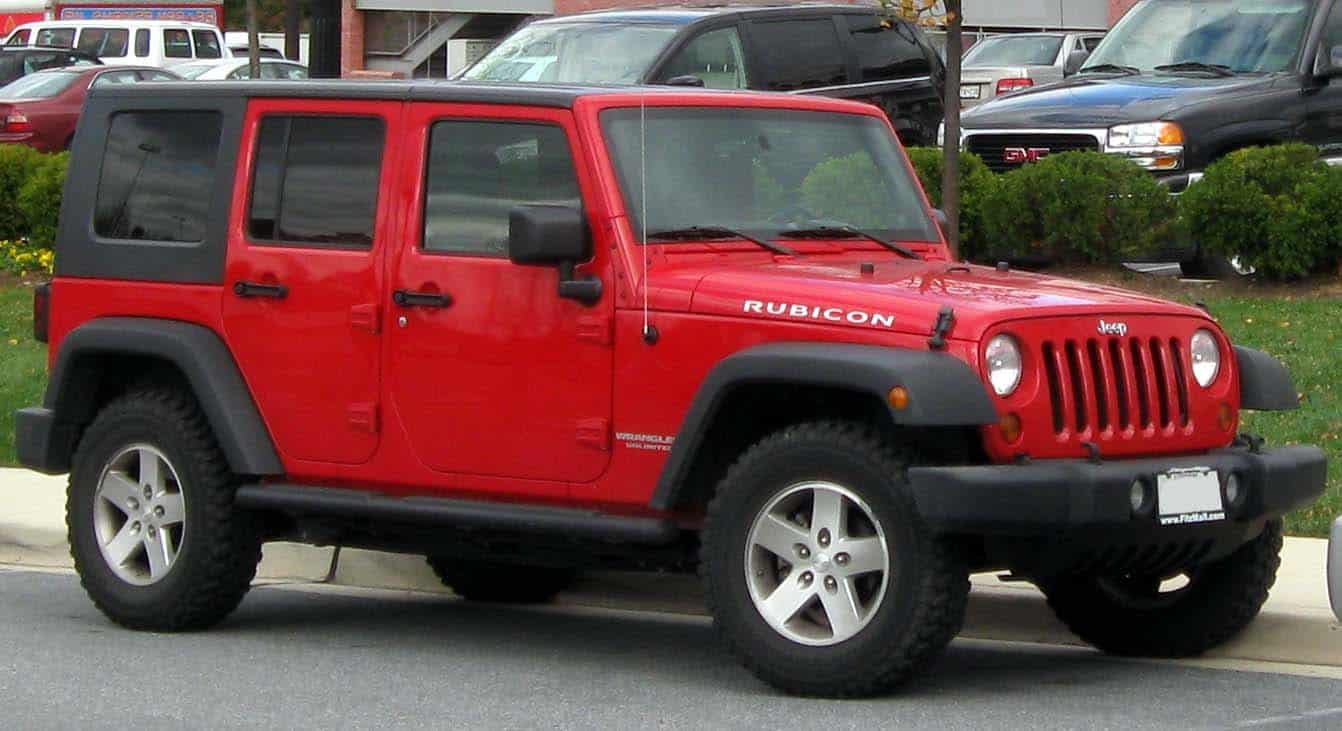
On the bright side, the 2010 Jeep Wrangler added some interior refinements to make for a more comfortable drive. Even so, the same mediocre towing performance and poor fuel consumption lead the way for reasons to avoid. When you also learn there were just shy of 900 NHTSA complaints, it’s hard to look at the 2010 Wrangler with any more affection than the previous three years. This continues to remain true when you look at the safety scores which once again were subpar.
Perhaps the only notable thing you can say about 2010 is that airbags were not the worst problem. Instead, the fuel system was more problematic. Between fuel spilling when fueling up or the fuel propulsion system needing additional maintenance, 2010 just wasn’t a good year from an NHTSA perspective. In total, the Wrangler had 11 total recalls with half focusing on airbag concerns.
Avoid: 2011
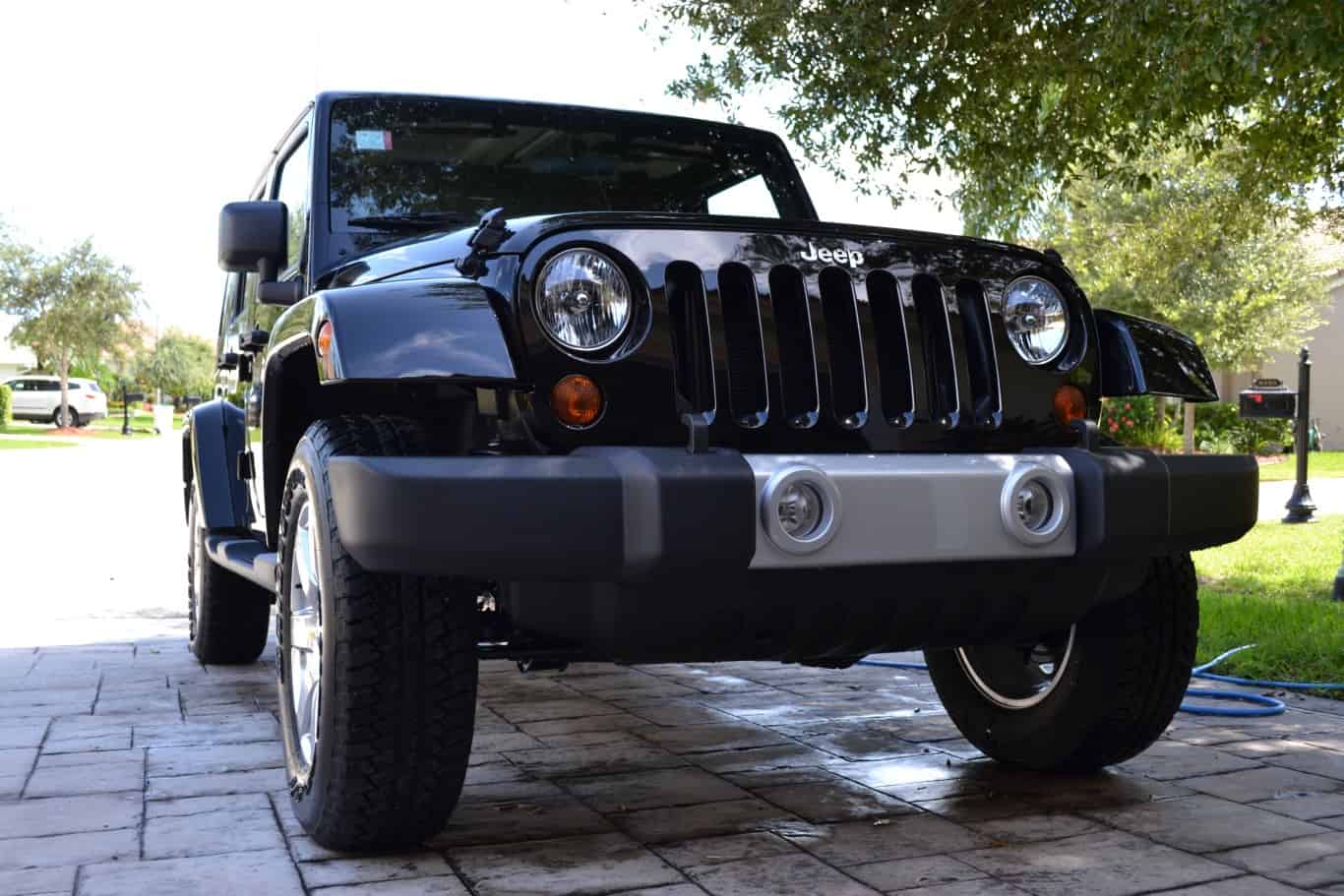
If you look at the 2011 Jeep Wrangler model year hoping for the best, you’re going to be disappointed. Unfortunately, over 600 NHTSA complaints were filed leading to 11 recalls. Should you have bet money on airbags being the top NHTSA issue in 2011, you’d be a winner with 149 separate complaints. The same concerns from previous years carried over with the potential of airbags either not deploying or exploding.
Suffice it to say, safety standards didn’t get any better in 2011 either. The same mixed results with Poor side impact protection and Good front protection still exist. Since you can’t commit to only getting into an accident from the front, having “Poor” side protection is the most important reason to avoid the 2011 Jeep Wrangler.
Avoid: 2013
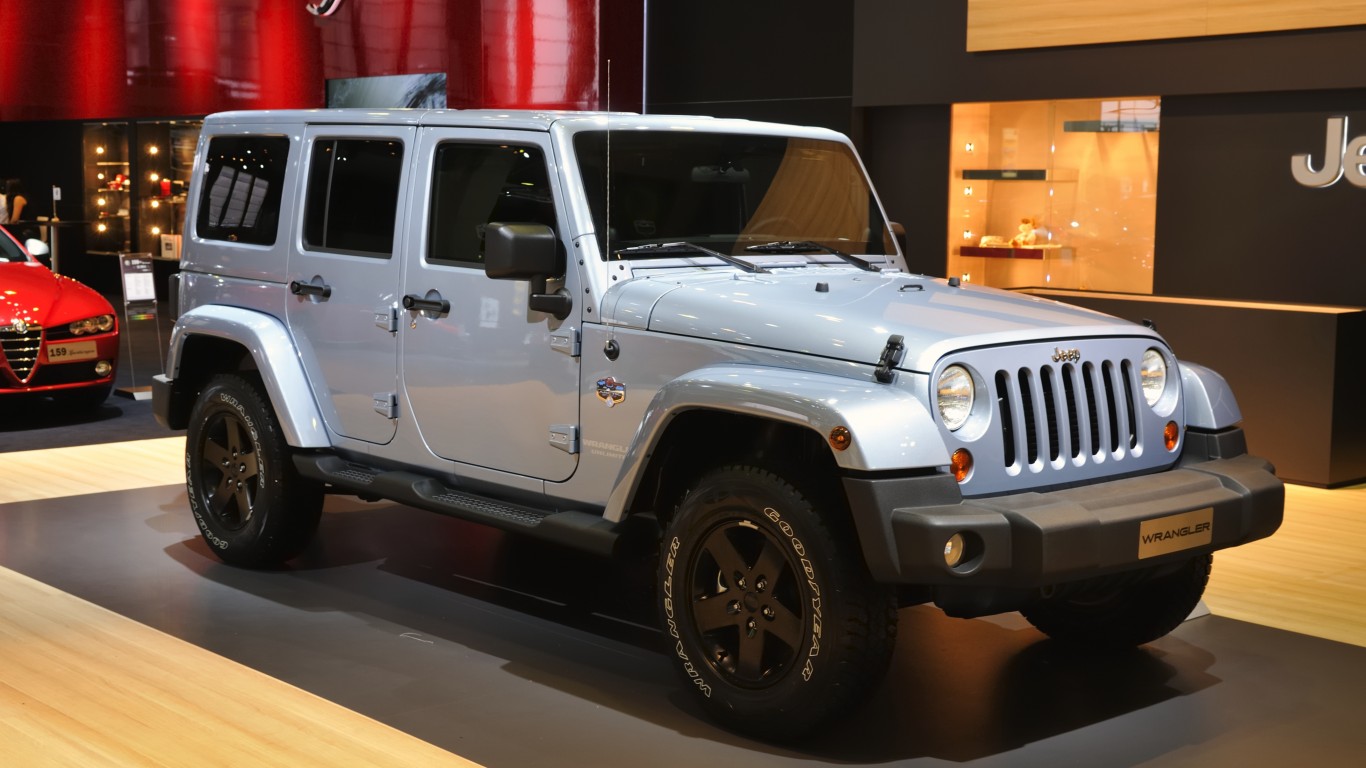
Somehow, 2012 was a better year for Wrangler owners but Jeep couldn’t replicate the same magic in 2013. This means we’re yet again looking at another model year to avoid. However, it wasn’t all bad news as a new 285 horsepower 3.6L V6 engine was now available. With 17 MPG, it’s two miles better than in previous years. For what it’s worth, overall towing power was better in 2013 according to Consumer Reports, so that’s something to consider.
While the new engine may be good news, NHTSA has bad news. At right around 980 NHTSA complaints, you had the second-highest amount of concerns this year since the NHTSA started keeping track. Surprisingly, it was the power train that caused the most concern and not airbags in 2013. Sitting right below the powertrain issue was a variety of engine problems including a ticking sound. Separately, you had engine concerns about the vehicle just dying while driving and random check engine light warnings. When you add in the same disappointing safety scores from previous years, it’s once again hard to make any kind of recommendations for the Jeep Wrangler during this era.
Avoid: 2014
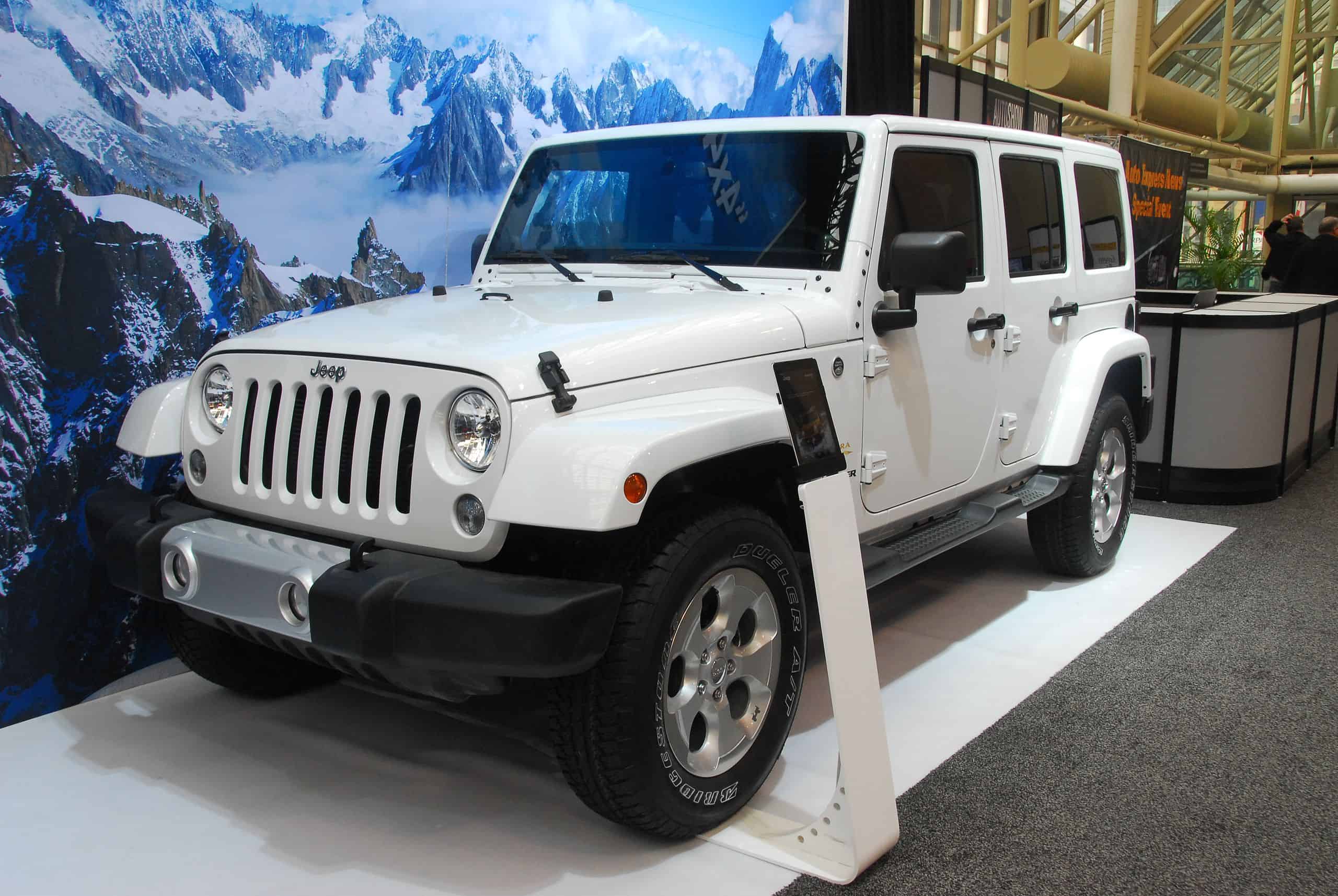
Another Jeep Wrangler model year that’s considered one of its worst, 2014 just disappoints all around. Between significant repair costs and disappointing interior quality, there was not a whole lot to love. Over 722 NHTSA complaints were filed with almost half of these relating to various engine problems. One new issue was an oil housing leak, while the check engine light still came on unnecessarily. As the oil filter housing was subject to cracking, leaks were not uncommon and could cost over $100 to fix.
While airbag issues were related to a recall affecting 65 million vehicles from various manufacturers, you have to look at the Jeep Wrangler in a silo. With airbags another focal point in 2014, it’s no surprise there were multiple recalls related to this issue. However, it’s the continuously poor safety performance, especially with “Side” impact concerns, that once again have us calling the 2014 Jeep Wrangler a model to avoid.
Is Your Money Earning the Best Possible Rate? (Sponsor)
Let’s face it: If your money is just sitting in a checking account, you’re losing value every single day. With most checking accounts offering little to no interest, the cash you worked so hard to save is gradually being eroded by inflation.
However, by moving that money into a high-yield savings account, you can put your cash to work, growing steadily with little to no effort on your part. In just a few clicks, you can set up a high-yield savings account and start earning interest immediately.
There are plenty of reputable banks and online platforms that offer competitive rates, and many of them come with zero fees and no minimum balance requirements. Click here to see if you’re earning the best possible rate on your money!
Thank you for reading! Have some feedback for us?
Contact the 24/7 Wall St. editorial team.

